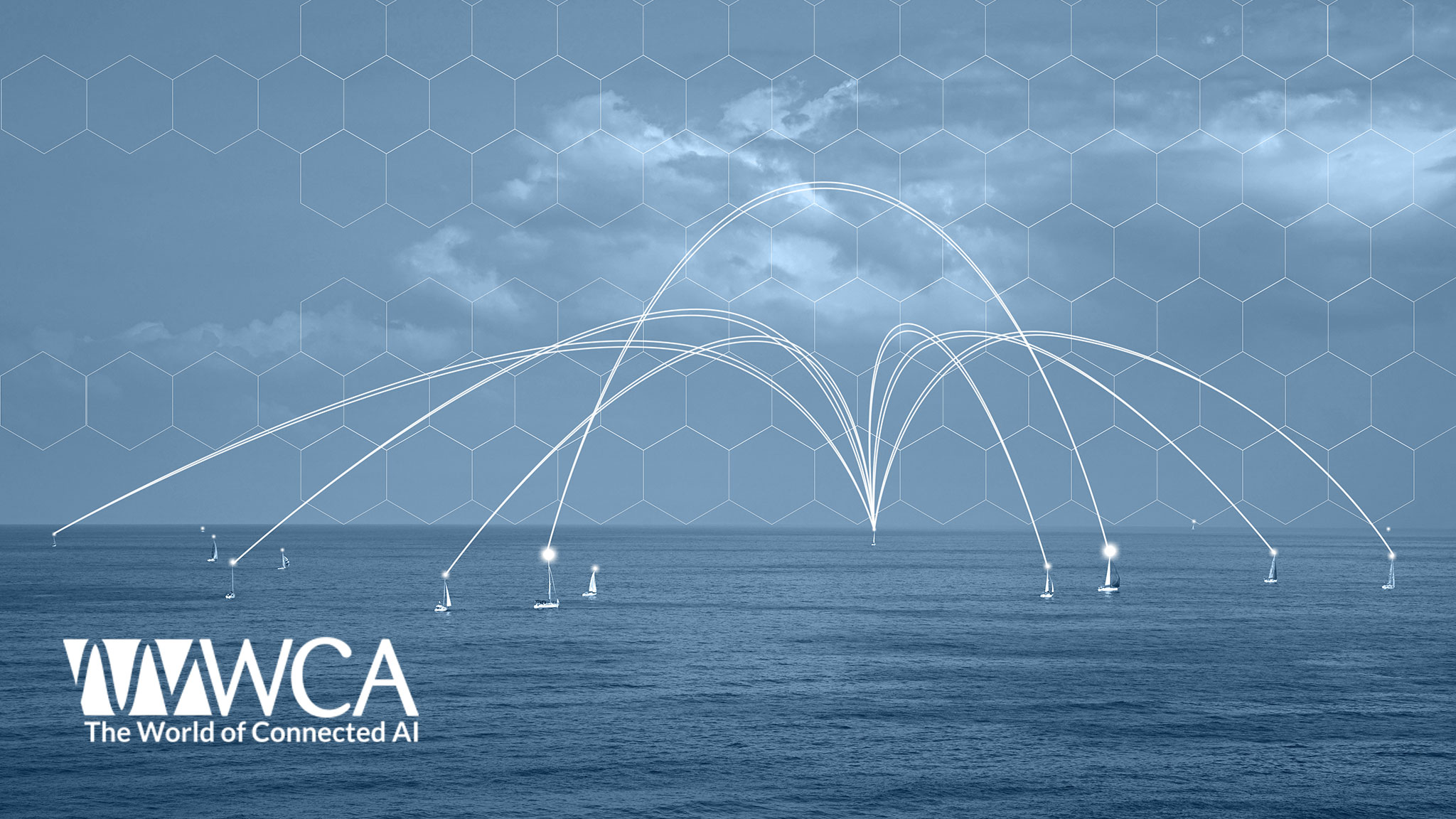
AT&T Launches 5G at Sea in Monterey Bay
AT&T has extended 5G at sea with its first buoy-based cell site in Monterey Bay, California. Built with the U.S. Navy and the Naval Postgraduate School, the project strengthens national defense and maritime research. The buoy, powered by wind and solar, transmits weather and oceanographic data using AT&T’s 5G network. Equipped with sensors and an omnidirectional antenna, it connects to shore via wireless mid-haul, while mariners nearby can place 5G calls. Starlink provides backup satellite connectivity for added resilience.
How the 5G Buoy Works
Positioned five miles north of NPS, the PowerBuoy is equipped with AT&T’s low-band 5G RAN and an omnidirectional antenna. It connects to the NPS campus via a terrestrial mid-haul link and also supports mariners within a half-mile radius, enabling 5G calls at sea. Powered by wind and solar energy, the buoy stores power in lithium iron phosphate batteries and can be adapted for wave energy capture. Sensors collect oceanography, meteorology, and contact data to support Navy research and weather modeling.
Expanding Maritime Connectivity
AT&T and NPS researchers believe extending 5G beyond coastal networks could transform maritime communication. Mariners often rely on VHF radio, cellular, or costly satellite systems, but 5G offers faster and more affordable options. The buoy’s three-point mooring keeps it anchored, while onboard technology compensates for natural movement. Starlink provides backup connectivity, ensuring uninterrupted data flow for offshore research and navigation.
Research and Future Applications
Local institutions, including UC Santa Cruz, San Jose State, and Cal State Monterey Bay, will benefit from the buoy’s continuous data collection. Beyond tracking weather metrics like windspeed, humidity, and salinity, the buoy also monitors marine life using passive acoustic sensors to follow tagged great white sharks and other species. In the future, multi-hop 5G links could connect multiple buoys, vessels, and shore facilities to distribute data more widely, although challenges like harsh ocean conditions and signal propagation remain. AT&T confirmed the 5G buoy will operate 24/7 for at least three years, marking an important step toward scalable offshore connectivity.
Source: https://www.lightreading.com/5g/at-t-takes-5g-to-the-high-seas



































































